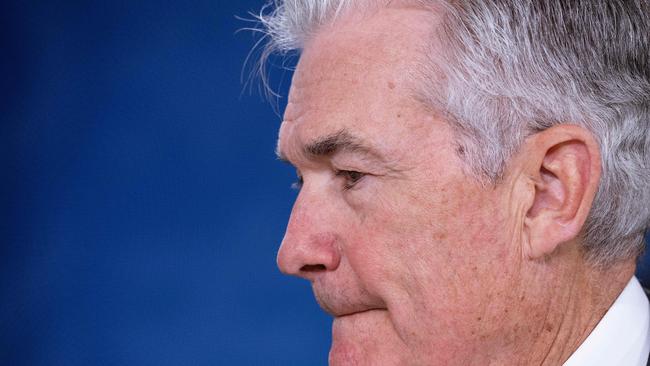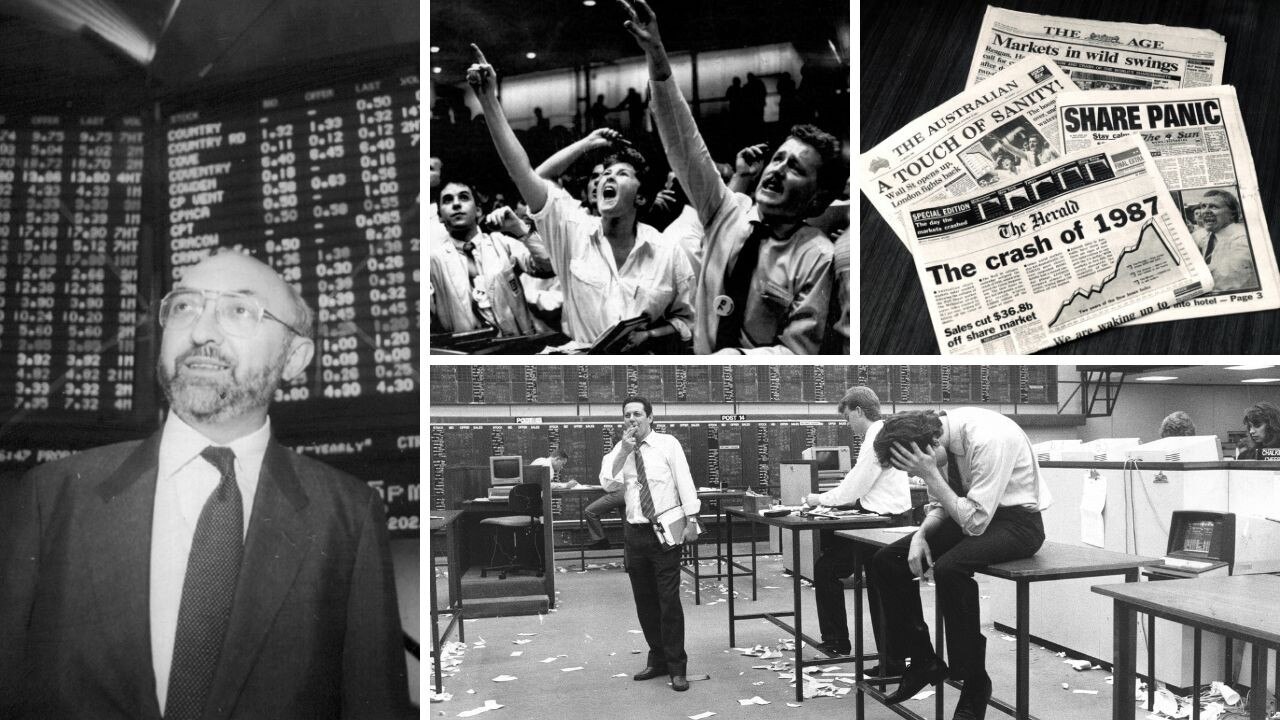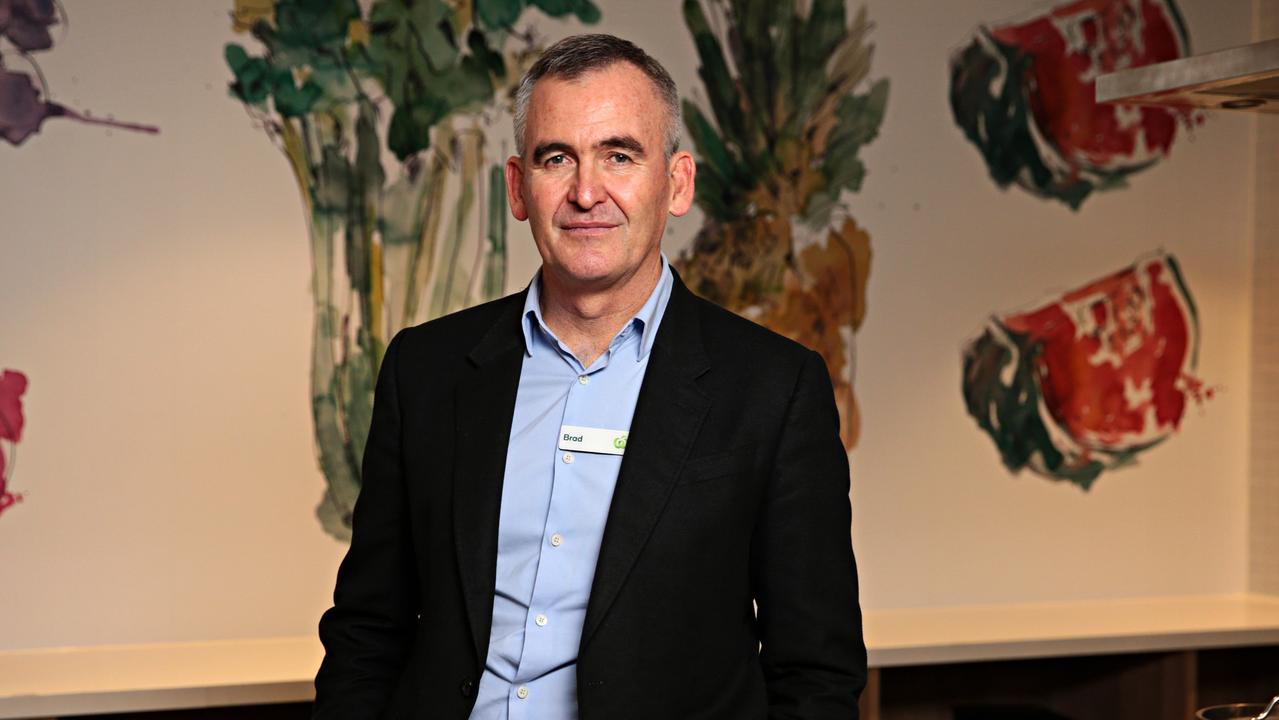First the Reserve Bank, now comes the Fed
The two will combine to set the investment dynamics deep into 2023 for Australian investors across the spectrum from property to the share market.

Terry McCrann
Don't miss out on the headlines from Terry McCrann. Followed categories will be added to My News.
Tuesday we got one hand clapping with the Reserve Bank’s interest rate decision.
Early Thursday morning we get the other hand, with the Fed’s rate decision out of Washington.
The two will combine to set the investment dynamics deep into 2023 for Australian investors across the spectrum from property to the share market.
Normally there’s almost a clean split. The RBA rate – and how it flows into bank lending rates – is the key driver for the property market. While the Fed’s rate is all-important for the share market via Wall Street.
After Tuesday’s RBA decision, though, the local share market surged. It, correctly, read the 25 points instead of the required 50 points as announcing the RBA really was soft on inflation.
Memo to RBA governor Philip Lowe: words do not speak louder than actions.
Yes, he delivered a lot of tough-talking on inflation and rates Tuesday.
But that was belied by his decision to do only 25 points despite forecasting not only higher inflation right through the next two years; but that the RBA still won’t have got inflation within its mandated 2-3 per cent target range by 2025.
So investors bought the market on the expected combination of lower (than otherwise) interest rates and higher inflation – and so higher nominal corporate profits and valuations.
Plus, what’s been happening on Wall Street.
This has been the spectacular October comeback on the expectation of a similar Fed ‘pivot’ (the new ‘in’ word for a Fed ‘buckle’, to Wall Street) to softer interest rate policy heading into 2023.
The local rate decision worked to give investors in our local market permission to fully accept the ‘good news’ that has been building out of Washington and Wall Street.
Now, the dynamics around the Fed’s decision are more complicated than what we saw Tuesday with the RBA – the straightforward 25 versus 50.
First off, yes, is that same basic question. Will the Fed do another 75 points, like the last three rate decisions? Or will it, well, directly ‘pivot’, to 50 points?
But investors have talked themselves into seeing even another 75 points as a ‘pivot’ – hence the 14 per cent surge on Wall Street through October and which had dragged our market up 6 per cent, with the RBA adding another 2 per cent since Tuesday.
The argument has been going that either the Fed could say that another 75 points ‘gets the job done’ and so we’ll now take something of a break; or that the Fed will have ‘gone too far’ and will wake up to that subsequently.
In short, US investors have been betting they can’t lose.
Either the Fed openly ‘pivots’ to 50 points, or does another 75 but announces a subsequent pivot; or it implicitly pivots precisely by not doing either of that.
Then there’s the ultimate Wall Street fallback.
If the Fed defies expectations and not only delivers another 75 points but keeps talking tough; Wall Street can always throw one of its tantrums, forcing the Fed to quickly backtrack.
Now, it is possible that both the Fed and our RBA can engineer soft-landings through 2023 and 2024.
That is to say, inflation comes down, at least to around 3 per cent – albeit not until 2024 – without the respective economies plunging into full-blown recessions.
Obviously, Russia and China are huge in that outlook. Russia for energy prices and China for the prices of just about everything else, including our all-important iron ore and coal where we do not want to see plunging prices.
I’m sceptical. I think we are headed for inflation – and interest rates – staying higher for longer. But I’m also certainly prepared to accept I could be wrong.
We start ‘finding out’ with an ‘interesting’ couple of months.


